Congratulations to our IIPT (analytic) graduate Michele Kwintner and our Core (object relations) graduates, and our clinical consultation program graduates.
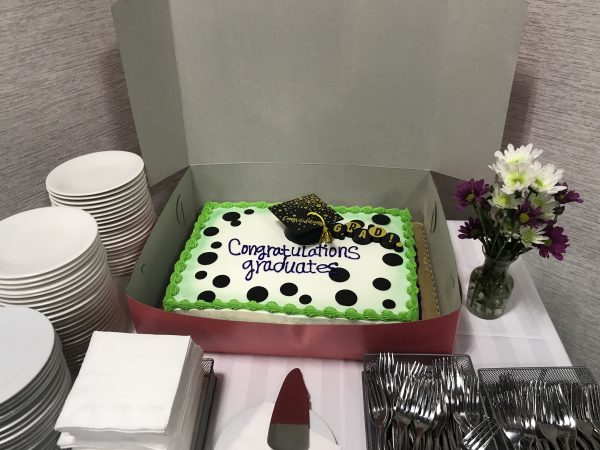
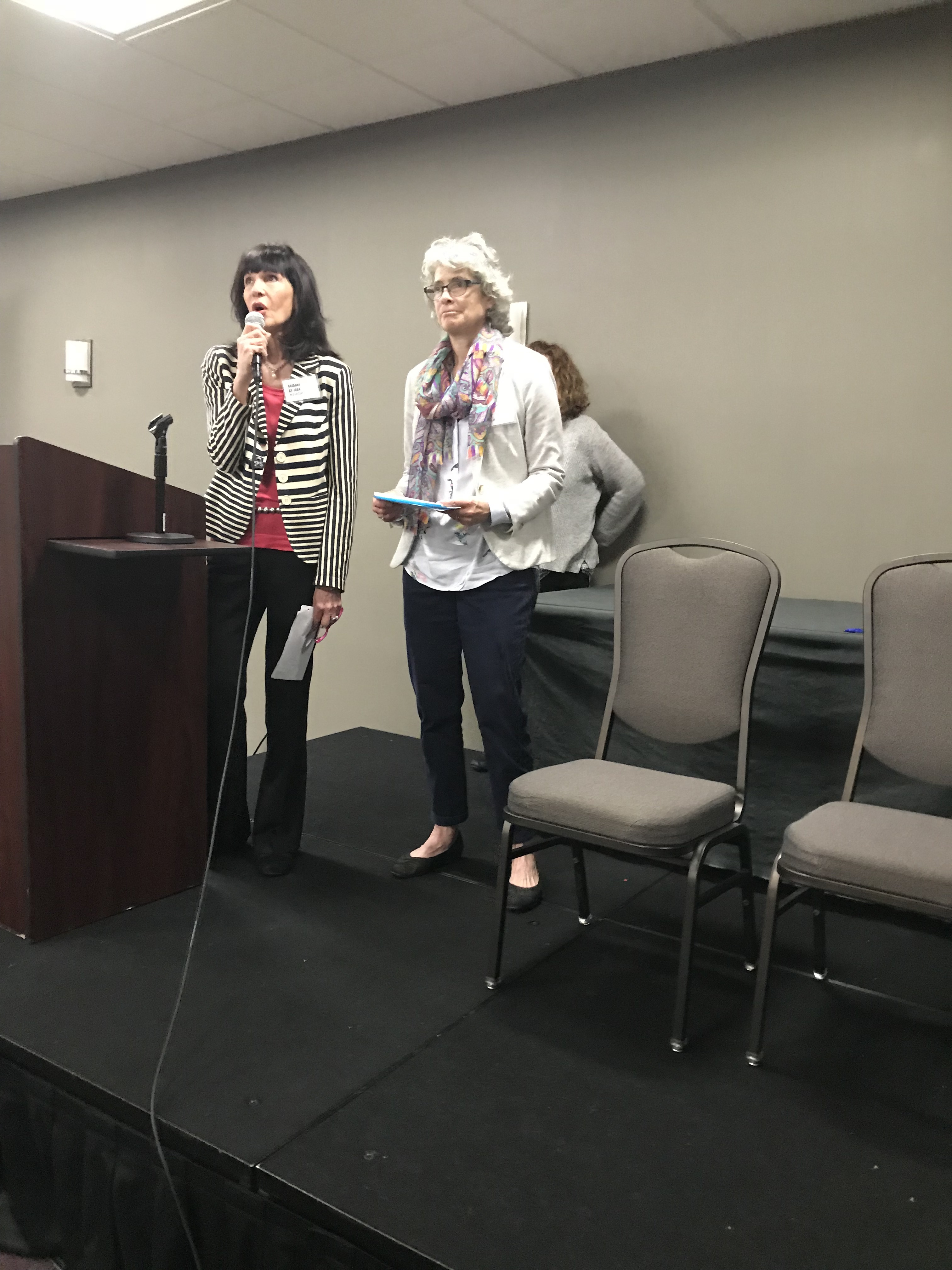
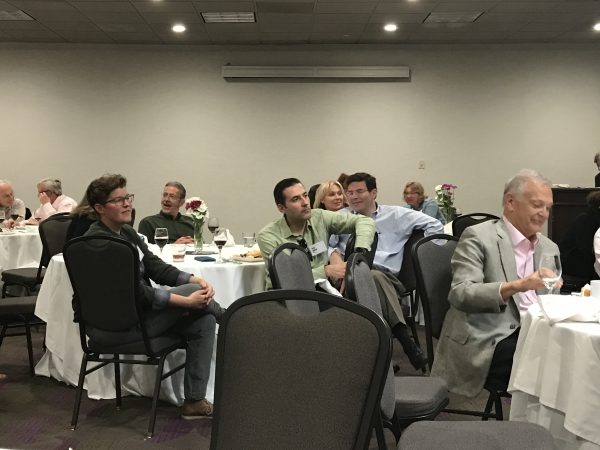
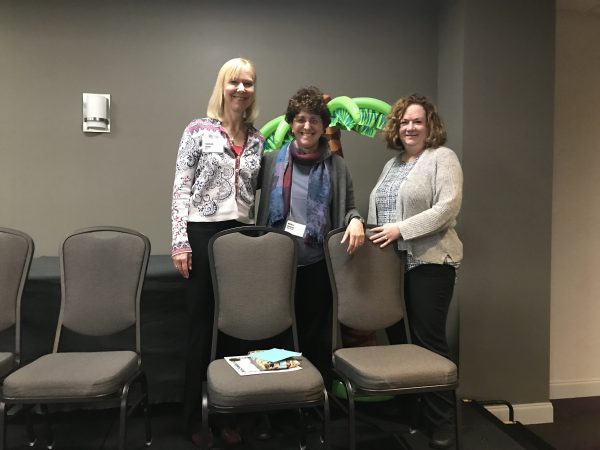
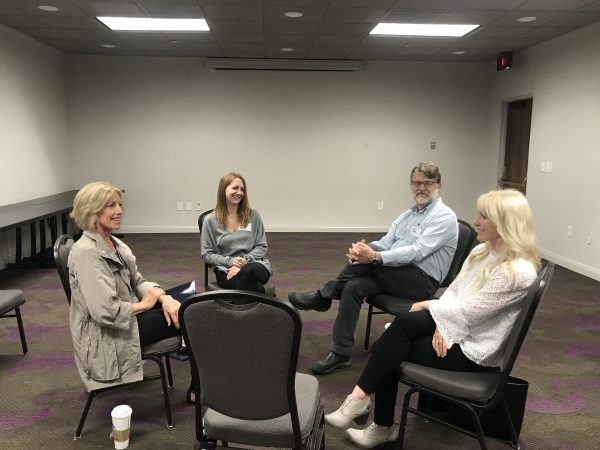

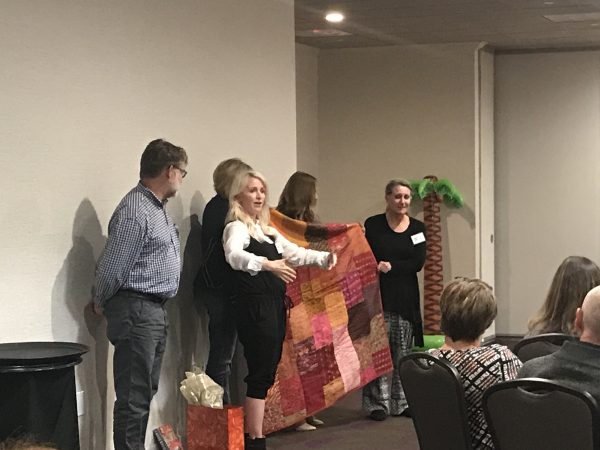
A Professional Learning Community
Congratulations to our IIPT (analytic) graduate Michele Kwintner and our Core (object relations) graduates, and our clinical consultation program graduates.







Thursday Feb 1,2018

Jeanne Magagna is speaking about working with parents to help their difficult and unhappy children. Of course parents expect the child therapist to be trained in child development and parent effectiveness preparation. But no matter how well trained, the therapist cannot help the child without the parents. She NEEDS the parents to help her treat their child. Together they can build a thinking space where the parents can observe their child more fully, develop a shared narrative of their child and her role in the family, and make links from their experiences as children to their child’s life now. From there, parents at home create a daily routine review of their child’s day, and they can all explore the connections among the child’s experiences and the family history and social setting. In this way the parents build a sturdy emotional cradle in which they hold their child. Feeling secure in this loving, reflective parental cradle, the child grows in self regulation, curiosity and connectedness.
Saturday Feb 3, 2018
We heard from the Scharffs about a brief encounter with a Chinese family. The index patient was a boy who could not make any decision or speak up for his own choices, caught between the unresolved differences of his parents. We heard the therapists describe working with them in an academic setting with a translator and a large audience. They spoke about the boy’s symptom as a distillation of family dynamics and they showed how playing spontaneously with him and his sister could help the boy to find a voice. Then Li Zhen and Mary Morgan discussed the cultural context and the treatment/teaching setting. We usually think of treatment as an intensely private matter but even in this strange setting a therapeutic exchange could occur. Mary Morgan pointed to the importance of the therapists’ internal setting enabling them to relax, engage in word and play, and make a safe, containing therapy space. Li Zhen viewed this family as one that represents not just the parents’ internal conflict but also the generational conflict between grandparents who live by Confucian principles of filial piety and young people who are looking for a way to live in the new China.
Sunday Feb 4, 2018
As the discussion on settings and modalities continues, differences among various approaches are becoming clear. The therapist of an under-5 year old may usefully also do parent counseling or couple therapy with her parents. Others see this as a distortion of the frame. Some of us who begin work with a couple will see only the couple. Others will see whichever part of the couple shows up for the appointment. Those couple therapists with a family orientation may include the children (or even a newborn) for some sessions to explore the couple-as-parents, work on coalitions that replace the vital marital bond, and relive childhood experience that can inform current couple relating. Those with a couple orientation would never break the couple frame like that.
Today Rich Zeitner showed that even though we hold a firm frame for meeting with a couple, we may find ourselves doing individual therapy in the presence of the partner, a difficulty encountered when one partner is identified as mentally ill. It is as though two people are living in one person, said Leora Benioff, and Mariangela Mendes de Almeida advised attending to the theme and the affect that connects them rather than to the projections of internal object relations. Mary Morgan reminded us that a projective identification system like this exists to protect the couple from aspects of themselves that they are frightened of. Mary Morgan reminds us that therapist needs to be patient in allowing the defensive process to continue until it is no longer needed. Damian McCann responded that the modifications in the frame can be an acting out, an acting-in of the transference for subsequent analysis, or a spontaneous or surprising intervention that reflects a shift in the therapist that could release the couple from their entrapment in paranoid-schizoid functioning to depressive concern.
The take away message is that various ways of maintaining and modifying the frame can be helpful or destructive, but the main point is that the therapist needs to examine the impact of any shifts in the frame and use it for therapeutic understanding.
Final Thoughts
Another way to think about the value and meaning of a change in modality or setting is to consider it in terms of whether the therapist is expressing a defensively caretaking function or a truly adaptive containing function. We might also ask if the change made is an innovative movement forward or a regression to a traditional modality out of guilt.
There are individual, couple and family levels of organization. We can intervene at any level but we need to keep in mind what we are doing and where we are going. We want to keep a multiocular vision on individual, couple and family in any of these treatment settings.
And technical considerations aside, within the secure setting we create we are subject to unexpected external forces, liable to error, but willing to acknowledge mistakes and make reparation. We identify with our preferred settings, work from an internal setting that is firm but flexible when deviations are called for, and feel free to engage as a thinking, feeling human being.
Friday, October 14, 2016
Today at the International Psychotherapy Institute, we are listening to Giuseppe Civitarese from Italy, or perhaps I should say dreaming along with him, as he begins a weekend workshop on listening and interpreting in psychotherapy and psychoanalysis. He asks us to consider the treatment setting as a field with a body which patient and analyst share and co-construct in the intersubjective area between them. The body of the setting is felt in the body of the patient and in the body of the analyst as a kind if somato-implicit-procedural impression of what is going on in the session. The analyst’s bodily experience often takes the form of a breach in the setting.
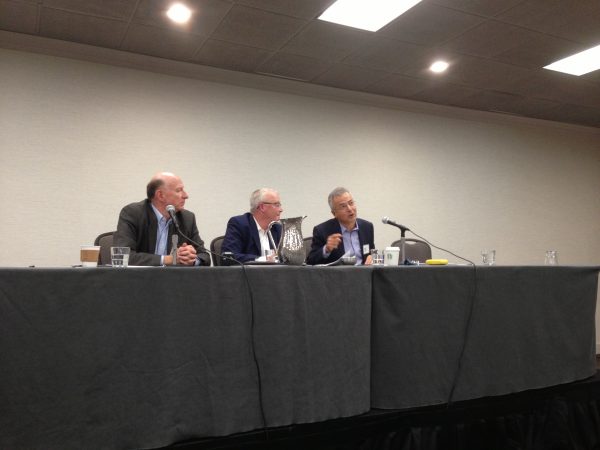
The mother helps her child develop a mind not through words, but through the music of language and rhythm of movement that gets installed in the body. Interruptions in that rhythm are also installed on the body.
In unexpected unconscious breaches in the setting, trauma is reproduced and experienced as sensorial and bodily manifestations on the way towards representability of dissonance in the rhythm of relating to the maternal object. When the surprise of the breach is encountered in the analyst’s reverie, the analytic pair arrives at a starting point for transformation. From the vertiginous multiplicity of past and current impressions in the analyst’s reverie, meaning will arrive if we have confidence in the sublime potential of psychoanalysis.
Jill Scharff
Patrizia Pallaro, Vincenzo Bonaminio, and Janine Wanlass
Analysis emerged from Freud’s study of the body as he worked with women’s neurological symptomatic expressions of emotional conflict and reaction to societal attitudes about them. Alessandra Lemma has brought the body back into psychoanalysis in her study of the prepubertal body. Winnicott wrote of the importance of the integration of mind and body and thought of psychopathology as a rupture between them. IPI’s distinguished guest speaker Vincenzo Bonaminio shifts the focus to the body of the analyst and its impact on the analytic work as his stomach rumbles, as he shifts to achieve a better listening or observing position or to ease a discomfort, as he and the patient pass on the way into or out of the waiting room, or inadvertently touch.
Vincenzo Bonaminio
In the countertransference he described a memory and a dream of losing and reviving his daughter that he later discovered was in resonance with his patient’s trauma history and dream of infusing life into the body of a parent’s lost child. An analyst may respond impulsively to a patient’s physical presence with a care-taking action. This type of physical action is an enactment that avoids thought and feeling and yet, as Winnicott said, can provide a clue that leads right to the patient’s earliest maternal environmental failure.
From Jill Scharff
We’ve been fascinated this weekend at IPI by Dr. Björn Salomonsson’s account of his psychoanalytic treatment of infants with their parents. To develop an effective theory and technique for helping infants in distress we need to look beyond attachment research and developmental theory to include analytic theory and technique in our approach. It’s easy to believe that the analyst’s words communicate understanding to the parent. But Dr. Salomonsson believes that he can communicate directly with the baby. Many argue that you can’t analyze a baby because analysis is a talking therapy and babies can’t understand words. Others have argued that they do. But here it is important to distinguish between the lexical and the linguistic. True, babies do not understand the words but they respond to the patterns of the language, words, the rhythm of the speech, the affective tone, the authenticity and integrity of the analyst’s interest and reach the baby and give meaning to the experience. The analyst recognizes the baby’s distress, offers calm interest and concern, and conveys hope that the unmanageable distress can be understood and coped with through a process of co-thinking between baby and analyst and between baby and parent. The analyst recognizes the competence and responsibility of the baby to become a partner in the process of recovery.
– Jill Savege Scharff, M.D.
#theipi
@theipi
#PsychodynamicWeekend
Caroline Garland presented a psychoanalytic view of grievance, a hatred directed at that which came between the child and the gratifying, ideal maternal object. This obstacle may be the individual Oedipal rival or the parental couple, engaged in intercourse from which the child is excluded. This hatred for the parental couple is then displaced onto the analytic couple because it is not the gratifying couple of fantasy based on longing to engage in the primal scene. The hatred may be directed at the patient and the analyst in the form of a masochistic attack on the patient’s capacity to benefit from analysis and a sadistic attack on the analyst’s capacity to be effective. Revenge for Oedipal betrayal may lead to loss of hope and a suicidal act that attacks the patient’s capacity to benefit and the analyst’s capacity to be effective, and fills the analyst with shockingly intense grief. Annihilation of the self can be preferred over life in the name of revenge.
—Jill Savege Scharff
Add your email to be notified about Programs, Videoconferences, and Psychodynamic Weekends
© The International Psychotherapy Institute 2025. All rights reserved. Privacy Policy